Capri
11 giugno 2011 - ore 20,33
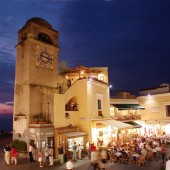 Located on the island in the Golfo of Naples, the ancient village of Capri is located at the foot of Monte Solaro in a pleasant location.
Located on the island in the Golfo of Naples, the ancient village of Capri is located at the foot of Monte Solaro in a pleasant location.Capri's economy is tied to tourism, which annually attracts many visitors on the island, mainly due to the natural beauty of the island, making it one of the most popular jet-setters.
The origins of Capri are very old and, thanks to the numerous archaeological finds, can be classified in the prehistoric age, when some people inhabited the island.
Cassette tuff, flat roofs, arches, pergolas, winding streets that always emerge at the end there, on Piazza Umberto I, the "Piazzetta": a true outdoor living room, frequented by celebrities, gathered around the coffee and which to enjoy the beautiful view of Marina Grande (which can be reached by cable car in five minutes), the church of S. Stefano (rebuilt in Baroque style in 1600 by mixing Moorish domes) and building Cerio, who was once the stronghold of Joanna I d’Angiò, now the Center Caprense dedicated to the history of the island.
Villa Jovis: Capri was much loved by the Romans, so that has housed 12 imperial villas, the remains of three of them are still visible.
Among these, Villa Jovis is the largest. It 'called the "palace of Tiberius," because from here the great leader, commanded the Roman Empire from 27 to 37 AD. It's only a 45-minute walk from the church of San Michele. To the right of the ruins, the jump of Tiberio is said that from this viewpoint the emperor did precipitate his enemies. The ruins are located in the villa terrace in the center, four tanks dug into the rock. Surrounding neighborhoods, including to the north, the imperial residence of the grand lodge.
Faraglioni: From a closer look even 3 rocks. The first, near the coast, is called "Star" and is 109 meters high, the second half of Faraglione, is 81 meters high and is crossed from side to side by a gallery, the third, outer Scopolo is called, is high 104 meters.
House Curzio Malaparte: A Cape Massullo, on nearby cliffs, situated in a spectacular panoramic Home Pompeian red color of the writer Curzio Malaparte, a masterpiece of Italian Rationalism.
Viewpoints: Through a ladder you climb to the plateau of the chapel of S. Maria of the rescue: the view of the gulfs of Naples and Salerno is breathtaking. The viewpoint of Tragara magnificent views over the cliffs and Marina Piccola.
Beaches: The beaches are very particular in large part made up of pebbles and set among the rocks. But there are also beaches with facilities and elegant. Some are accessible only by boat.
Arco Naturale: Equally spectacular is the Natural Arch, the remains of the once high cavity peak on the coast.
Anacapri: Anacapri is the second center of the island, surrounded by olive groves and vineyards. To visit in Piazza San Nicola, the church of San Michele with its beautiful tiled floor, and Villa San Michele, whose garden with pergola invites you to a stop.
Imperial Roman Villa of Damecuta: From Anacapri following the road down to the tower Damecuta (of 1100), we visit the excavations of the last of the three Roman villas.
Grotta Azzurra: One of the attractions of the island, inside as well as the baths of Tiberius, the Roman remains of masonry, now sunk, making visible the effects of bradyseism (ie raising or lowering of the ground due to the presence magma below), which is still active.
The Grotta Azzurra, 60 meters long by 25 wide, can be visited by boat or by small boats (an hour and a half, you also pass to the west, next to the famous baths of Tiberius, and below the steep walls of the terrace Anacapri). To visit the Grotta Azzurra boat departs from Marina Grande.


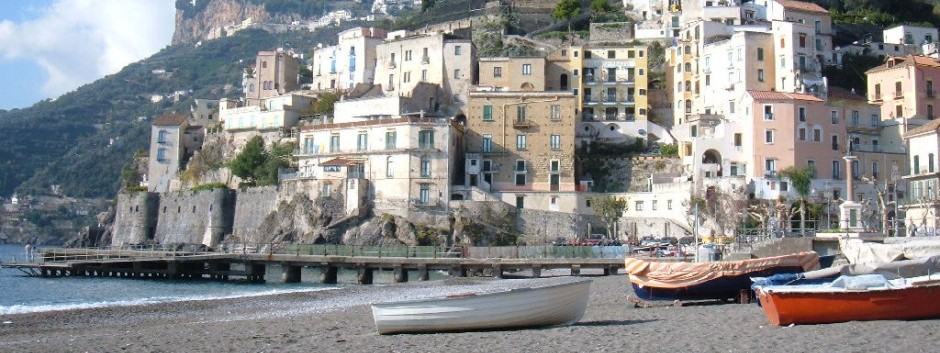
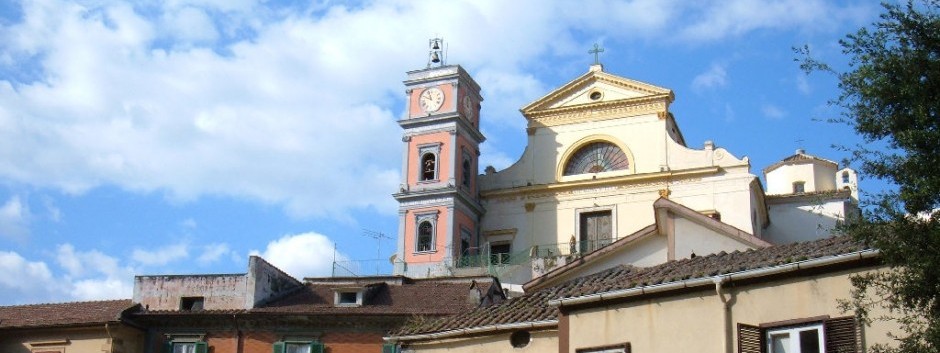
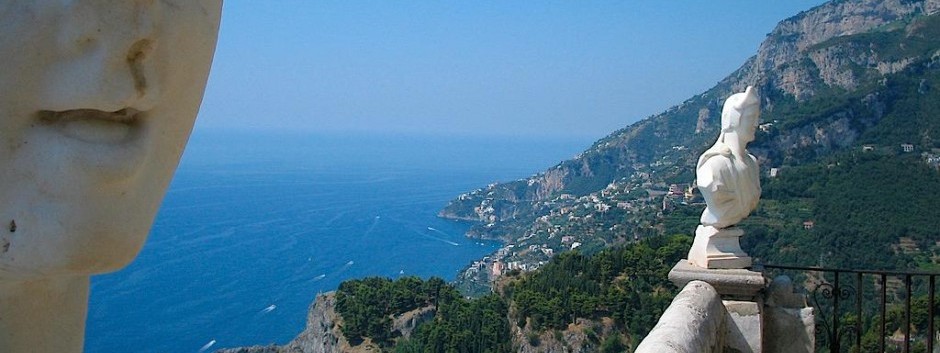

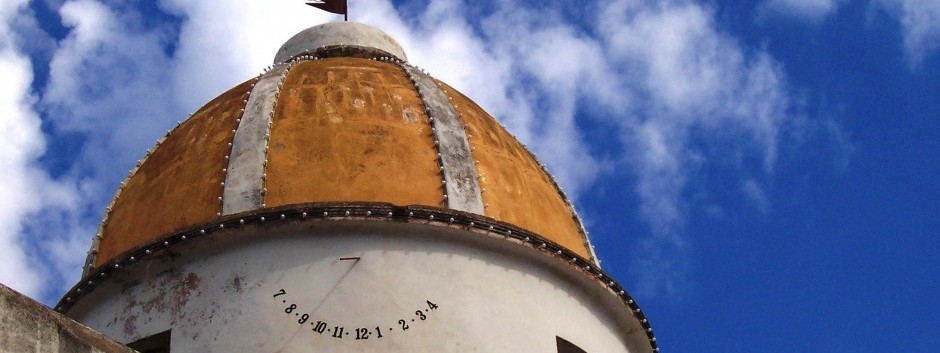
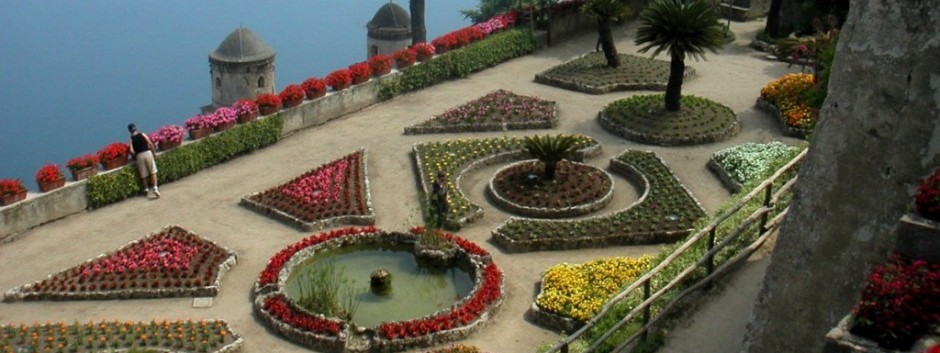


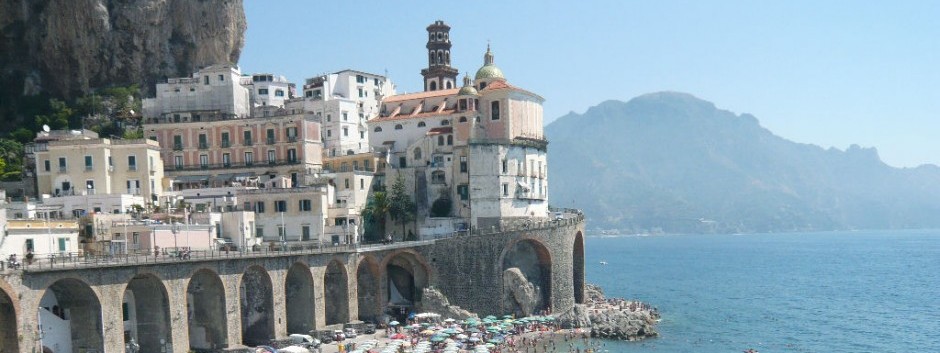
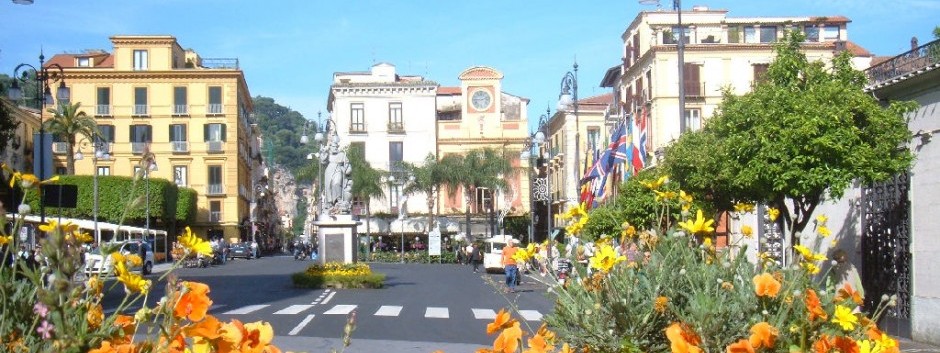
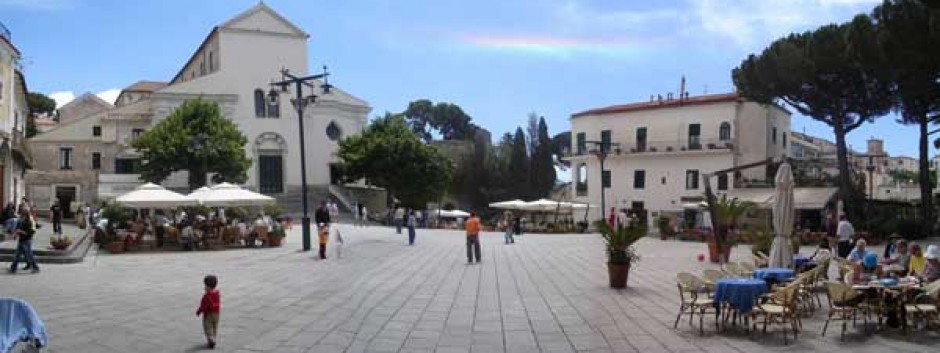
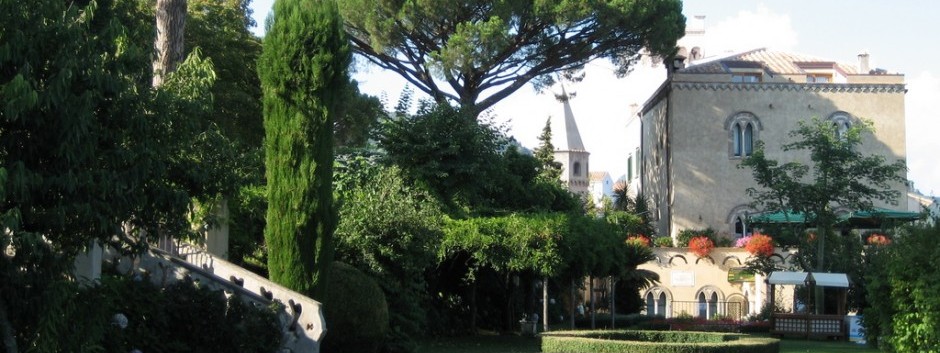
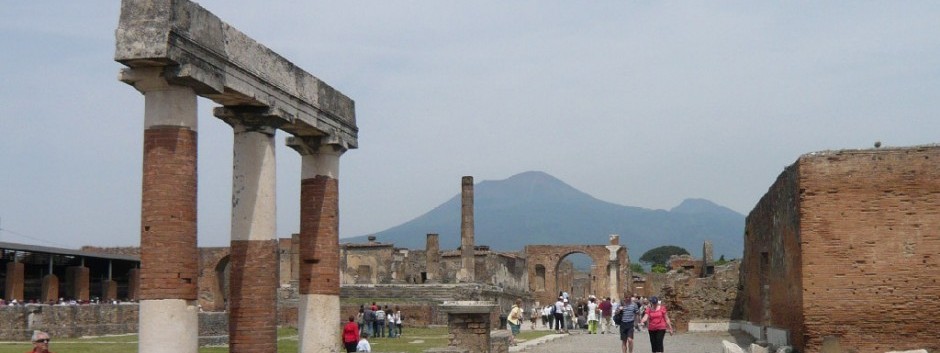
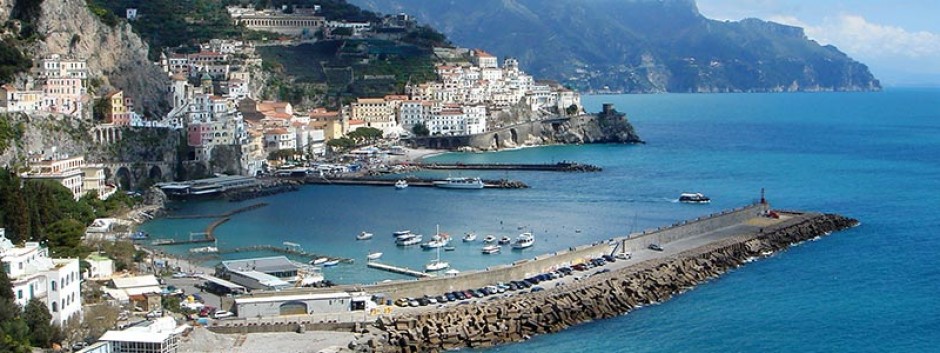
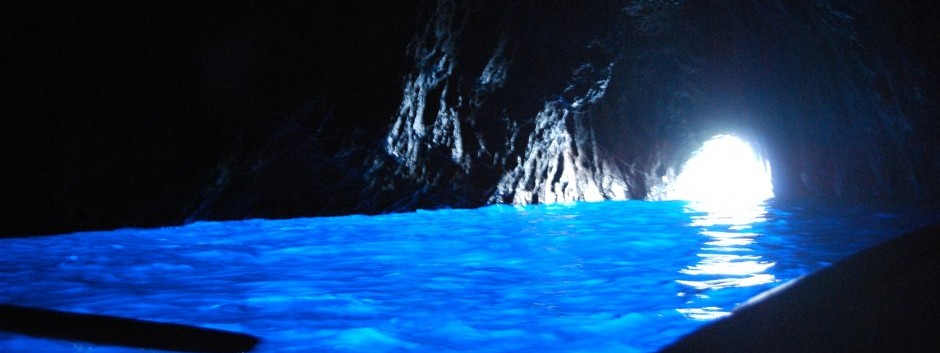
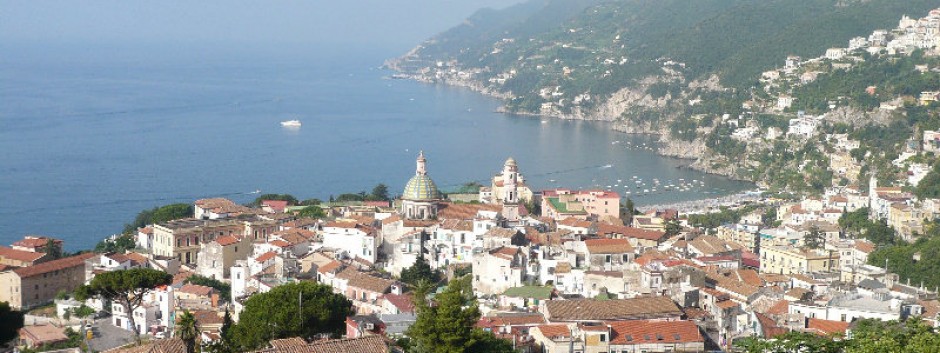
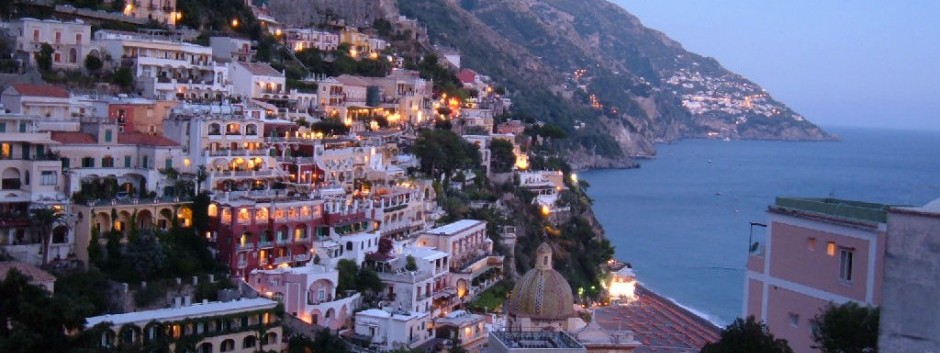
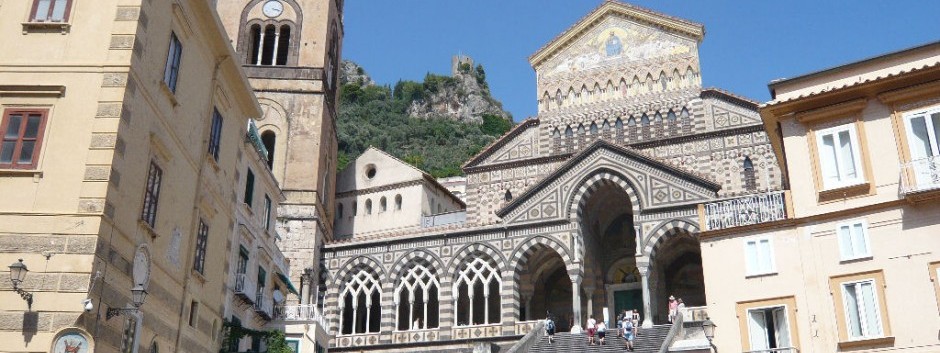
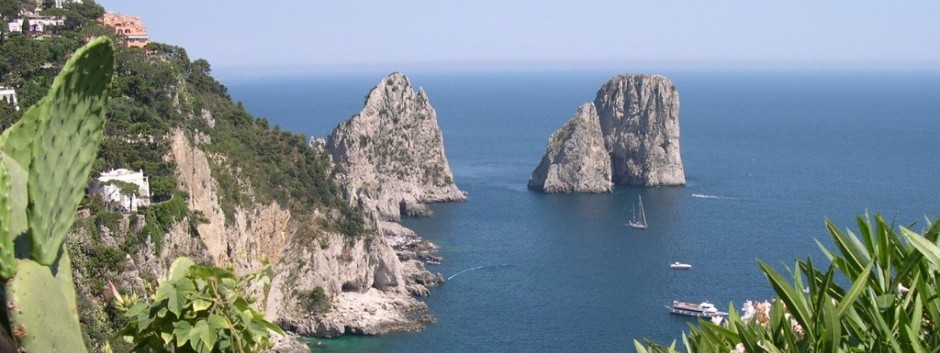

























 go back
go back Il Pavone - Bed & Breakfast
Il Pavone - Bed & Breakfast